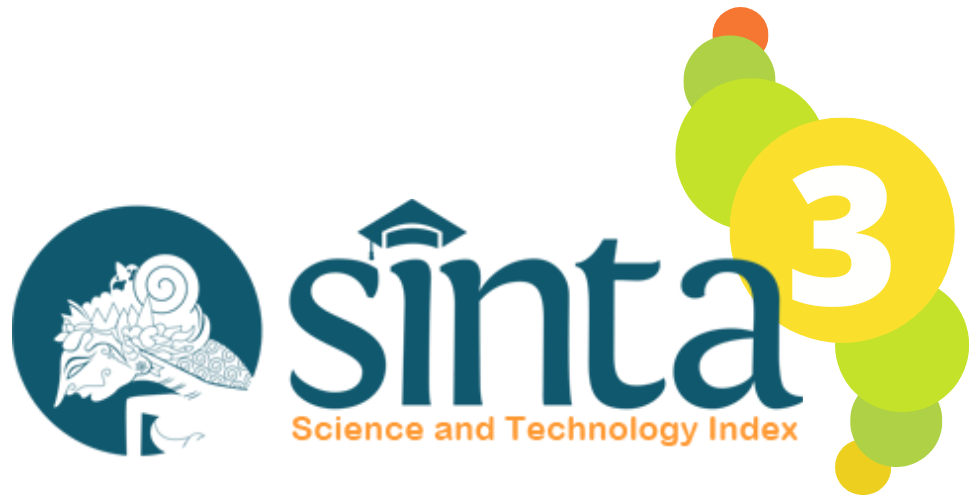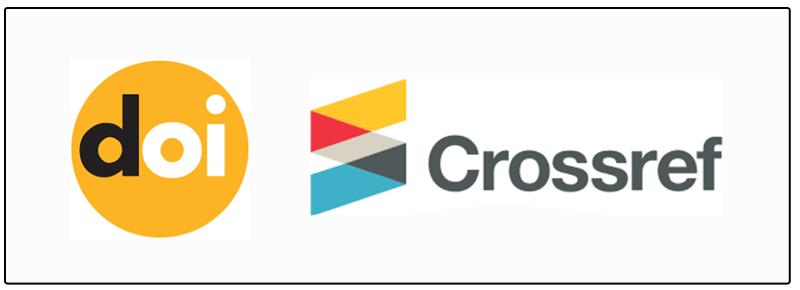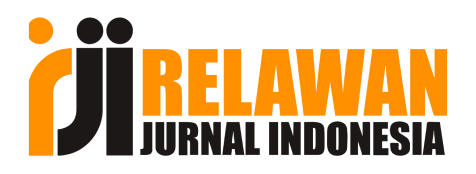Design E-Consulting System Using the Waterfall Model
DOI:
https://doi.org/10.52330/jtm.v22i1.171Keywords:
Academic Guidance, E-Consulting, Lecturer Workload, Waterfall ModelAbstract
Information technology is currently developing rapidly so that individuals, companies and government agencies can play a role in decision making. The current problem is the lack of optimal reporting on academic guidance activities for students and lecturers. Academic guidance is a process of assistance and assistance given to individuals in developing their academic potential. Academic guidance is given by academic supervisors to students in the academic field during the study period with the aim of providing assistance and advice to students in courses and providing continuous supervision for the smooth running of lectures. The role of technology is a strategic part in the implementation of education in achieving goals by systematically designing an e-consulting system using the waterfall model so that academic supervisors get evidence of concrete reports to report lecturer workload and then students get evidence of academic guidance reports as a requirement to take the final project. This case study explains how the implementation of academic guidance can be carried out and according to academic needs and users effectively by using the waterfall model in tertiary institutions under the ministry of industry Republic of Indonesia.
References
Chandra Ramdhani, E., Gaja, H., & Ratnawati, R. (2018). Aplikasi Berbasis Dekstop Untuk Persediaan Bahan Baku Produksi Menggunakan Model Waterfall (Study Kasus: PT. Seyon Indonesia). Jurnal Informatika: Jurnal Pengembangan IT, 3(2), 277–284. https://doi.org/10.30591/jpit.v3i2.855
Hikmatyar, M., & Sumaryana, Y. (2019). Pengembangan Sistem Informasi Layanan Bimbingan Akademik Mahasiswa. Informatics and Digital Expert (INDEX), 1(1), 32–36. https://doi.org/10.36423/ide.v1i1.286
Ilham, A. A., Azmi, A., Ramadhani, A. R., Abeda Falah, D. F., & Saifudin, A. (2021). Pengujian Sistem Informasi Parkir PT KISP Berbasis Desktop dengan Metode Black-Box. Jurnal Informatika Universitas Pamulang, 6(1), 96. https://doi.org/10.32493/informatika.v6i1.8547
Kurniawan, M. A., Fitri, I., & Hidayatullah, D. (2021). Sistem Informasi Bimbingan Skripsi Menggunakan Metode Rapid Application Development Berbasis User Centered Design. Jurnal Media Informatika Budidarma, 5(3), 838. https://doi.org/10.30865/mib.v5i3.3068
Lenawati, M., Setiawan, D., & Rindra Kurniawan, W. (2023). Menentukan Prioritas Audit Sistem dan Teknologi Informasi Berdasarkan Root Cause Analysis Menggunakan Pareto Chart dan Fishbone. Fountain of Informatics Journal, 8(1), 15–20. https://doi.org/10.21111/fij.v8i1.9440
Mohialden, Y. M., Hussien, N. M., & Hameed, S. A. (2022). Review of Software Testing Methods. Journal La Multiapp, 3(3), 104–112. https://doi.org/10.37899/journallamultiapp.v3i3.648
Nor, W., Wan, A., Ahmad, W., & Wan, J. (2023). WATERFALL-ADDIE MODEL: AN INTEGRATION OF SOFTWARE DEVELOPMENT MODEL AND INSTRUCTIONAL SYSTEMS DESIGN IN. July. https://doi.org/10.17576/ajtlhe.1501.2023.01
Nugraha, A. W., Priyambadha, B., & Soebroto, A. A. (2019). Pengembangan Aplikasi Pemindaian Kode Pengujian Unit ( Studi Kasus: PT Global Digital Niaga ). 3(7), 7127–7135.
Nurseptaji, A. (2021). Implementasi Metode Waterfall Pada Perancangan Sistem Informasi Perpustakaan. Jurnal Dialektika Informatika (Detika), 1(2), 49–57. https://doi.org/10.24176/detika.v1i2.6101
Oktarina, T., & Darma, U. B. (2023). APPLICATION OF THE ITERATIVE MODEL IN DESIGNING AN ACADEMIC E-PENERAPAN MODEL ITERATIVE DALAM PERANCANGAN SISTEM E-KONSELING AKADEMIK UNTUK MAHASISWA PADA UNIVERSITAS BINA. 4(1), 117–124.
Putriningsih, E., Nada, L. Q., Izza, A. Z., & Mardhiyana4, D. (2022). Desain Sistem Informasi Monitoring Berbantuan Website Untuk Memantau Perkembangan Hasil Belajar Siswa. 20(1), 51–58.
Ridwan, M., Fitri, I., & Benrahman, B. (2021). Rancang Bangun Marketplace Berbasis Website menggunakan Metodologi Systems Development Life Cycle (SDLC) dengan Model Waterfall. Jurnal JTIK (Jurnal Teknologi Informasi Dan Komunikasi), 5(2), 173. https://doi.org/10.35870/jtik.v5i2.209
Rini, F., & Purnama, F. (2019). Bimbingan Skripsi Online berbasis Web Pada Program Studi Sistem Informasi STMIK Nurdin Hamzah. Seminar Nasional APTIKOM, 520–527.
Sallaby, A. F., & Kanedi, I. (2020). Perancangan Sistem Informasi Jadwal Dokter Menggunakan Framework Codeigniter. Jurnal Media Infotama, 16(1), 48–53. https://doi.org/10.37676/jmi.v16i1.1121
Wahid, A. A. (2020). Analisis Metode Waterfall Untuk Pengembangan Sistem Informasi. Jurnal Ilmu-Ilmu Informatika Dan Manajemen STMIK, November, 1–5. https://www.researchgate.net/profile/Aceng_Wahid/publication/346397070_Analisis_Metode_Waterfall_Untuk_Pengembangan_Sistem_Informasi/links/5fbfa91092851c933f5d76b6/Analisis-Metode-Waterfall-Untuk-Pengembangan-Sistem-Informasi.pdf
Wahyuni, E., Nurihsan, J., & Yusuf, S. (2018). Kesejahteraan Mahasiswa: Implikasi Terhadap Program Konseling Di Perguruan Tinggi. Insight: Jurnal Bimbingan Konseling, 7(1), 96–106. https://doi.org/10.21009/insight.071.08
Wang, H., Takano, A., & Tamura, K. (2020). An attempt to create the holistic flow chart of forest resources. IOP Conference Series: Earth and Environmental Science, 588(4). https://doi.org/10.1088/1755-1315/588/4/042039
Yeke, S. (2023). Asia Pacific Management Review Digital intelligence as a partner of emotional intelligence in business administration. Asia Pacific Management Review, xxxx. https://doi.org/10.1016/j.apmrv.2023.01.001
Downloads
Published
How to Cite
Issue
Section
License
Copyright (c) 2024 Jurnal Teknologi dan Manajemen

This work is licensed under a Creative Commons Attribution-NonCommercial 4.0 International License.



















